
How to Use CT PZEM004T: Examples, Pinouts, and Specs
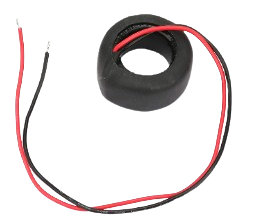
 Design with CT PZEM004T in Cirkit Designer
Design with CT PZEM004T in Cirkit DesignerIntroduction
The CT PZEM004T is a multifunctional energy meter designed to measure key electrical parameters such as voltage, current, power, energy, and frequency. It is specifically built to work with current transformers (CTs) for monitoring AC electrical systems. This component is widely used in energy management systems, industrial automation, and home energy monitoring applications. Its ability to provide real-time data makes it an essential tool for analyzing energy efficiency and optimizing power usage.
Explore Projects Built with CT PZEM004T
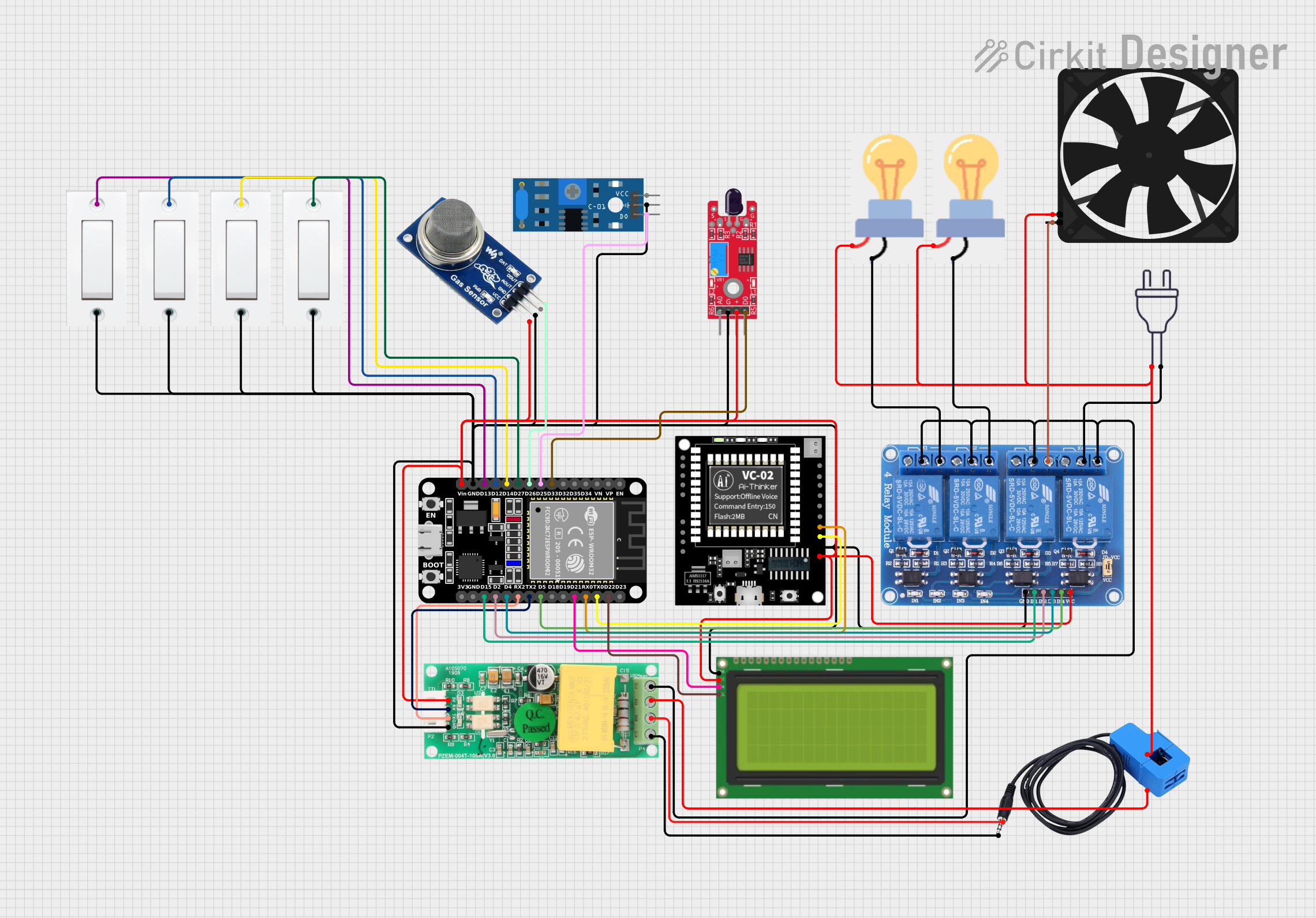
 Open Project in Cirkit Designer
Open Project in Cirkit Designer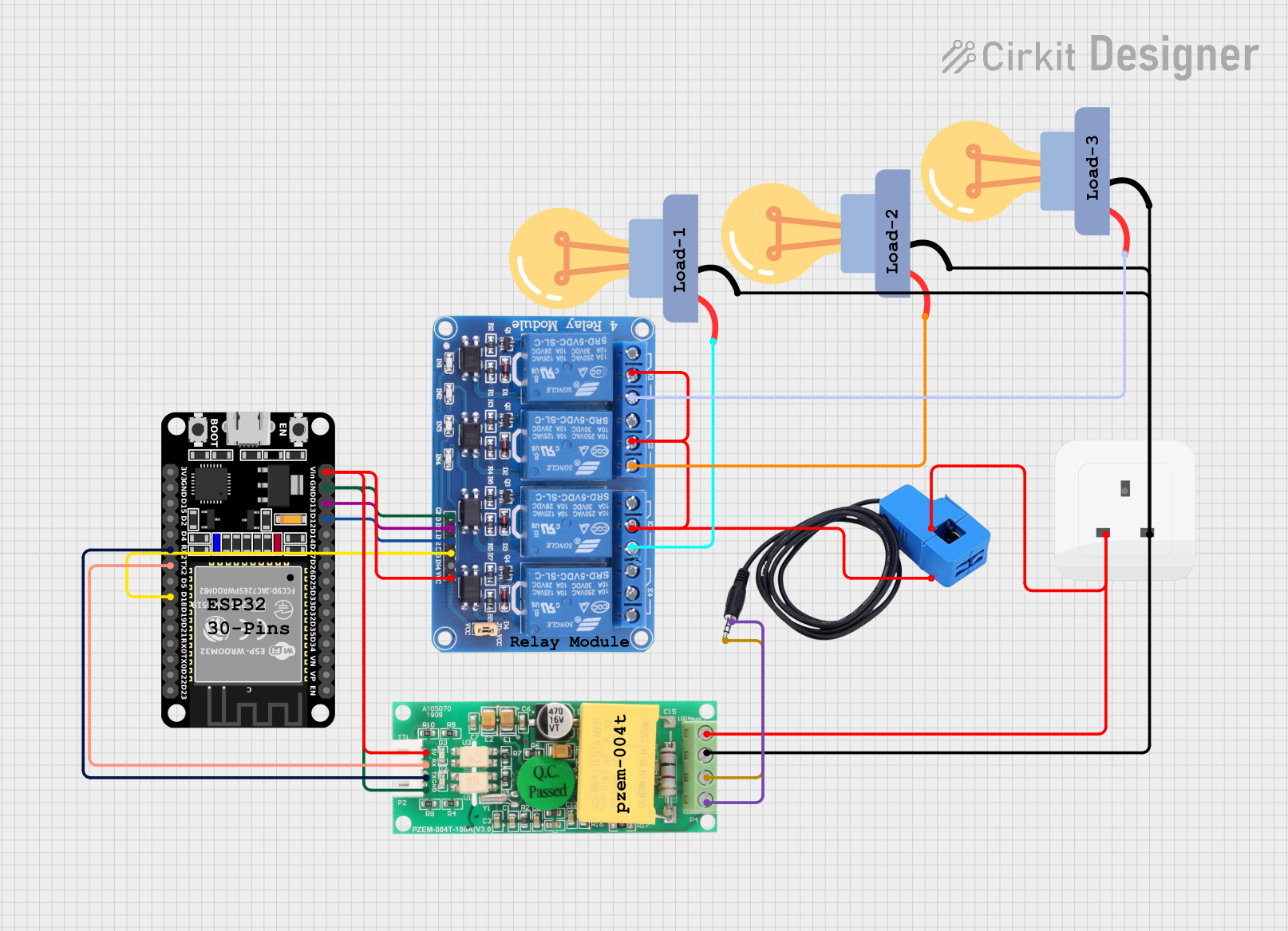
 Open Project in Cirkit Designer
Open Project in Cirkit Designer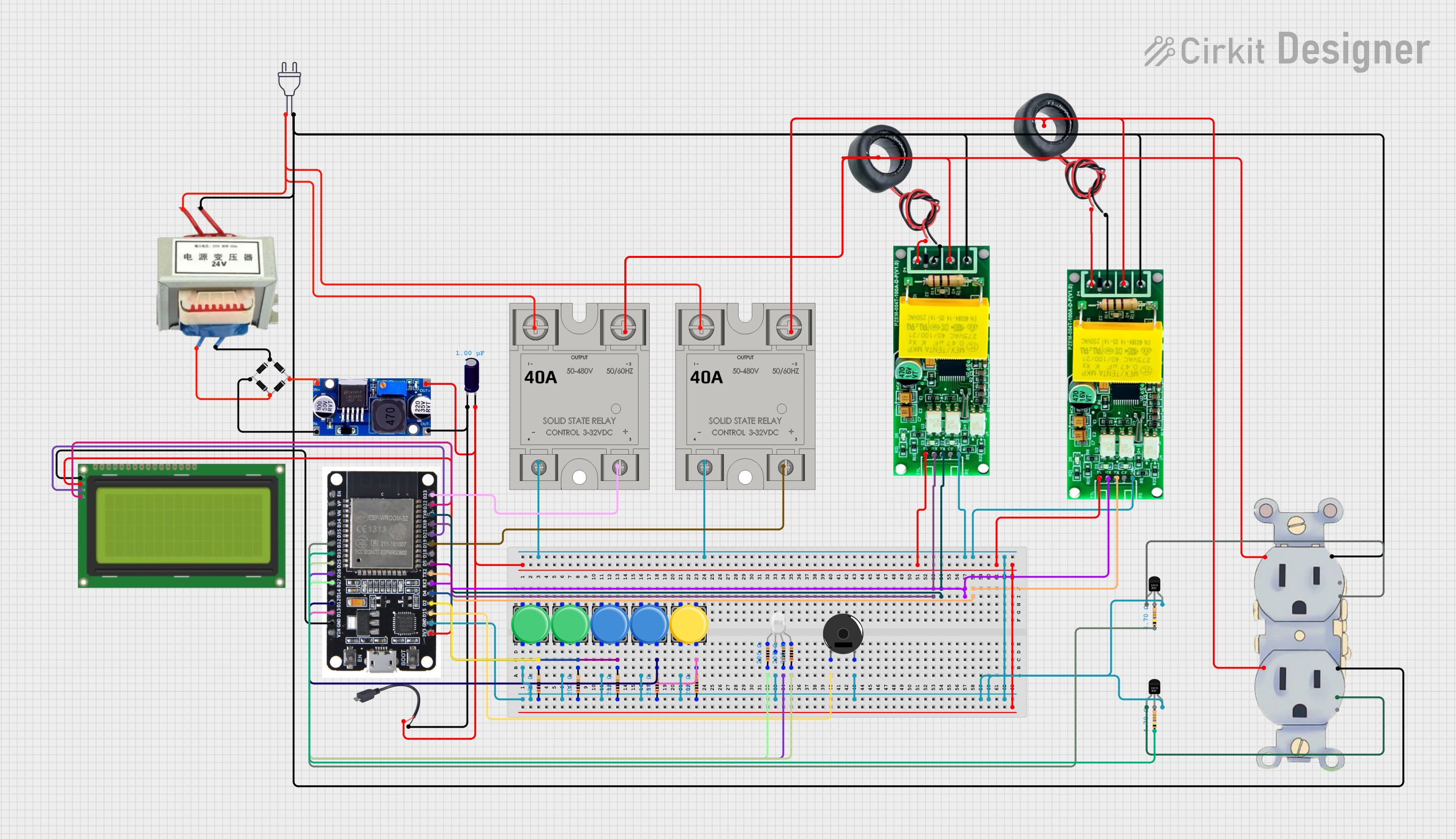
 Open Project in Cirkit Designer
Open Project in Cirkit Designer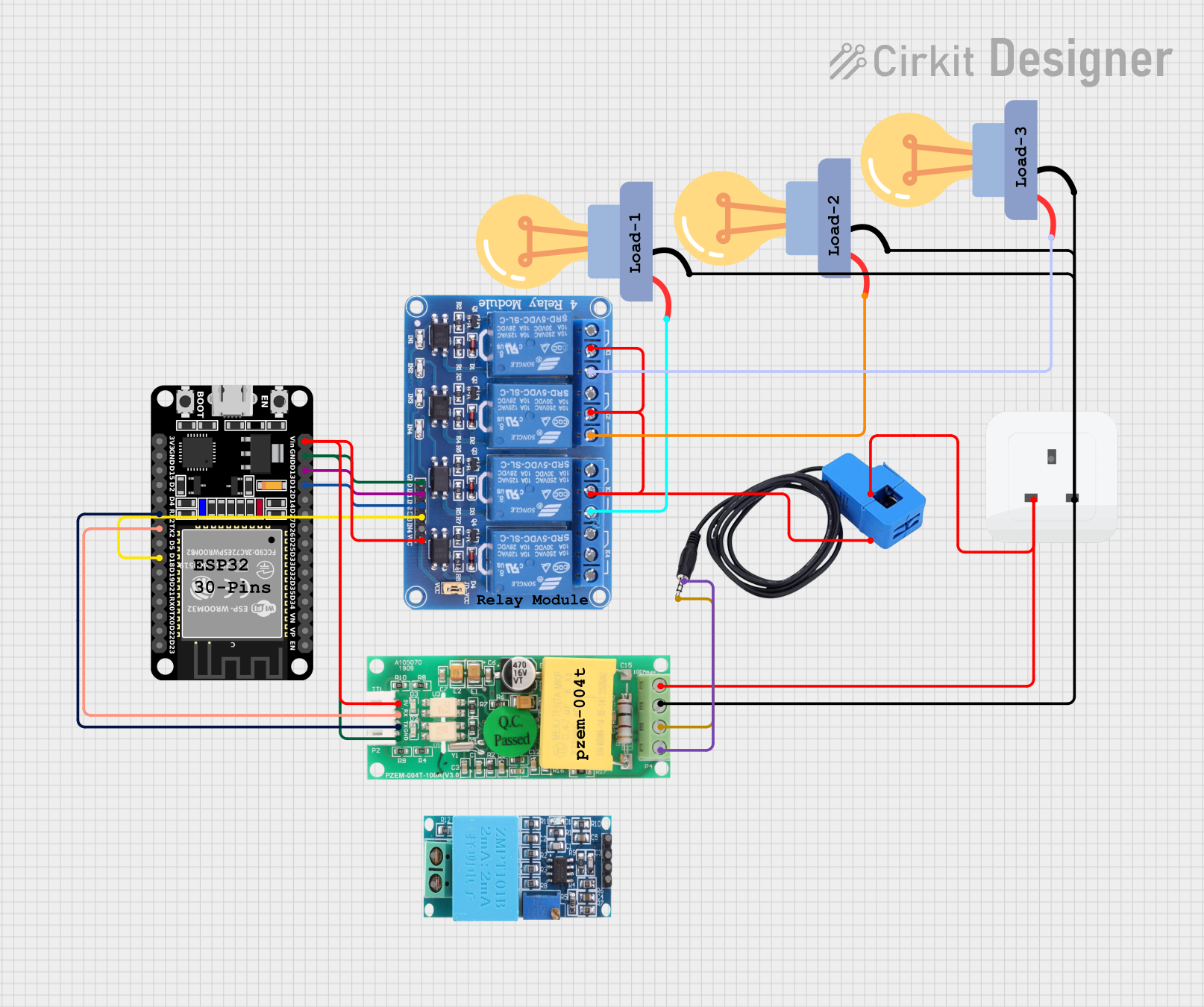
 Open Project in Cirkit Designer
Open Project in Cirkit DesignerExplore Projects Built with CT PZEM004T

 Open Project in Cirkit Designer
Open Project in Cirkit Designer
 Open Project in Cirkit Designer
Open Project in Cirkit Designer
 Open Project in Cirkit Designer
Open Project in Cirkit Designer
 Open Project in Cirkit Designer
Open Project in Cirkit DesignerCommon Applications
- Home energy monitoring systems
- Industrial power management
- Renewable energy systems (e.g., solar inverters)
- Smart grid applications
- Electrical load analysis and diagnostics
Technical Specifications
The CT PZEM004T is a compact and versatile module with the following key specifications:
| Parameter | Specification |
|---|---|
| Voltage Range | 80V - 260V AC |
| Current Range | 0A - 100A (with external CT) |
| Power Range | 0W - 22kW |
| Energy Range | 0kWh - 9999kWh |
| Frequency Range | 45Hz - 65Hz |
| Communication Protocol | UART (9600 baud rate) |
| Power Supply | Self-powered (via measured AC voltage) |
| Accuracy | ±0.5% |
| Dimensions | 48mm x 29mm x 21mm |
Pin Configuration
The CT PZEM004T module has a simple pinout for easy integration into circuits. Below is the pin configuration:
| Pin Name | Description |
|---|---|
| VCC | Power input (5V DC) for UART communication |
| GND | Ground connection |
| TX | UART Transmit pin (connects to RX of microcontroller) |
| RX | UART Receive pin (connects to TX of microcontroller) |
| AC Input | Connects to the AC voltage to be measured |
| CT Input | Connects to the current transformer (CT) |
Usage Instructions
How to Use the CT PZEM004T in a Circuit
- Connect the AC Input: Wire the AC voltage to the AC input terminals of the module. Ensure the voltage is within the specified range (80V - 260V AC).
- Connect the Current Transformer (CT): Attach the CT to the CT input terminals. The CT should be clamped around the live wire of the AC circuit to measure current.
- Power the Module: The module is self-powered from the AC input. However, for UART communication, provide 5V DC to the VCC pin and connect the GND pin to the ground of your microcontroller.
- Connect to a Microcontroller: Use the TX and RX pins to establish UART communication with a microcontroller (e.g., Arduino UNO). Ensure the baud rate is set to 9600.
Important Considerations
- Safety First: Always handle AC connections with care. Ensure the circuit is powered off during installation.
- CT Orientation: Ensure the CT is installed in the correct orientation as indicated by the markings on the CT.
- Isolation: Use proper electrical isolation techniques to prevent damage to the module or connected devices.
- UART Communication: Use a logic level converter if your microcontroller operates at 3.3V logic levels, as the PZEM004T uses 5V logic.
Example Code for Arduino UNO
Below is an example Arduino sketch to read data from the CT PZEM004T using UART communication:
#include <SoftwareSerial.h>
// Define RX and TX pins for SoftwareSerial
SoftwareSerial pzemSerial(10, 11); // RX = pin 10, TX = pin 11
// PZEM004T communication commands
byte readVoltage[] = {0xB0, 0xC0, 0xA8, 0x01, 0x01, 0x00, 0x1A};
byte response[7]; // Buffer to store the response
void setup() {
Serial.begin(9600); // Initialize Serial Monitor
pzemSerial.begin(9600); // Initialize SoftwareSerial for PZEM004T
Serial.println("PZEM004T Test");
}
void loop() {
// Send voltage read command
pzemSerial.write(readVoltage, sizeof(readVoltage));
delay(100); // Wait for the response
// Read response from PZEM004T
if (pzemSerial.available() >= 7) {
for (int i = 0; i < 7; i++) {
response[i] = pzemSerial.read();
}
// Calculate voltage from response
float voltage = (response[2] << 8 | response[3]) / 10.0;
Serial.print("Voltage: ");
Serial.print(voltage);
Serial.println(" V");
}
delay(1000); // Wait 1 second before next reading
}
Notes on the Code
- The example code demonstrates how to send a command to read voltage and interpret the response.
- Modify the code to read other parameters (e.g., current, power) by using the appropriate commands from the PZEM004T datasheet.
Troubleshooting and FAQs
Common Issues and Solutions
No Data Received via UART
- Ensure the TX and RX pins are correctly connected (crossed: TX to RX, RX to TX).
- Verify the baud rate is set to 9600 in both the code and the microcontroller.
Incorrect Voltage or Current Readings
- Check the AC input connections and ensure the voltage is within the specified range.
- Verify the CT is properly clamped around the live wire and oriented correctly.
Module Not Powering On
- Ensure the AC input is connected and within the specified range (80V - 260V AC).
- Check for loose or faulty connections.
Communication Errors
- Use shorter wires for UART communication to reduce noise.
- If using a 3.3V microcontroller, ensure a logic level converter is used.
FAQs
Q: Can the PZEM004T measure DC voltage or current?
A: No, the PZEM004T is designed specifically for AC systems and cannot measure DC parameters.
Q: What is the maximum current the module can measure?
A: The module can measure up to 100A when used with the appropriate current transformer (CT).
Q: Can I use multiple PZEM004T modules with one microcontroller?
A: Yes, you can connect multiple modules by assigning unique addresses to each module using the UART protocol.
Q: Is the module safe to use with high-voltage systems?
A: Yes, but proper safety precautions and electrical isolation must be implemented to ensure safe operation.